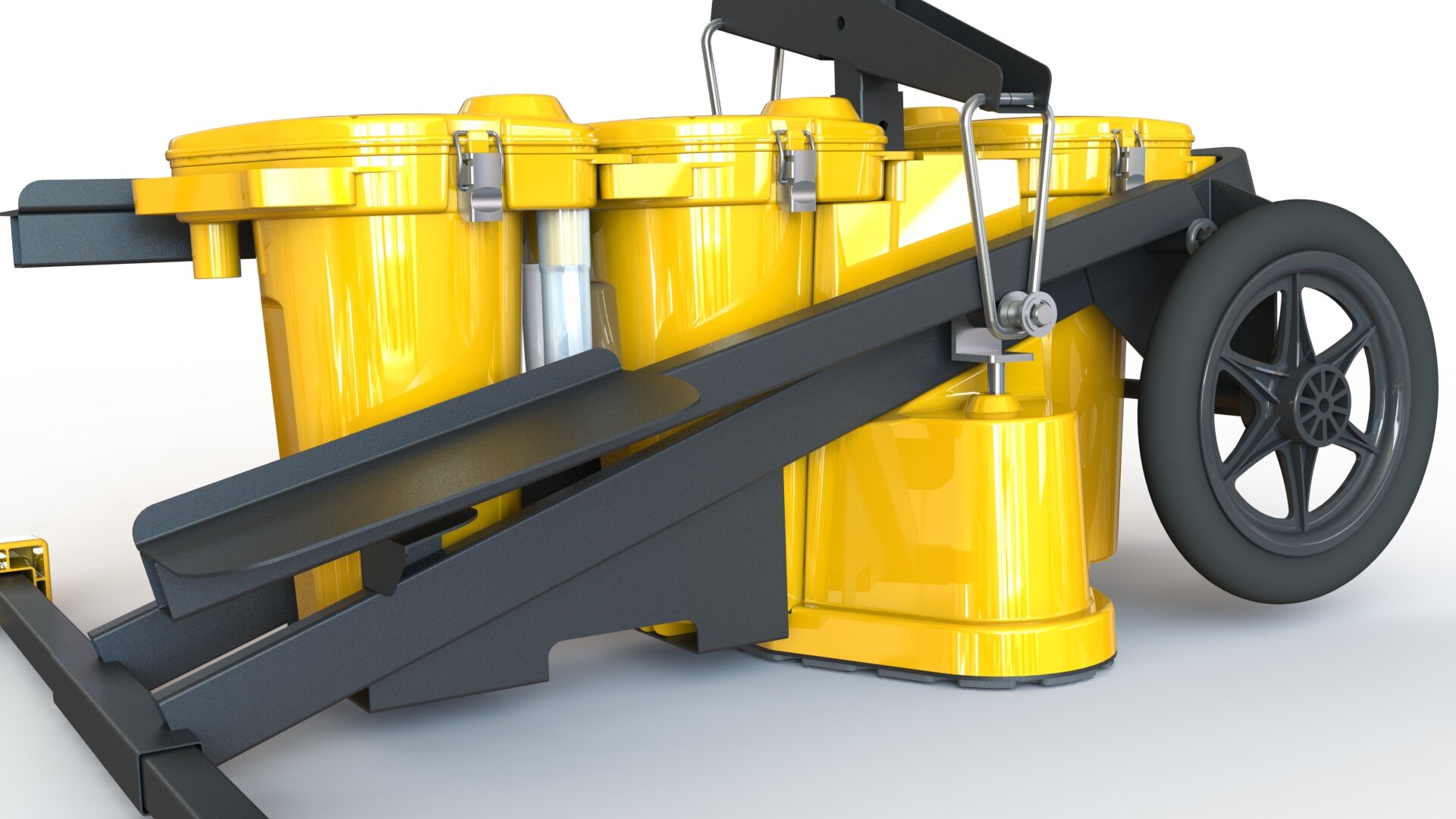Manual water filter pump for
disasters around the world
Clear-Water - Product Group designers challenged to provide clean, safe water. Seeking an opportunity to improve the lives of people for whom drinking water means gambling with their health and lives. Our objective was to develop a particulate, viral and coliform water cleaning system capable of serving and protecting vulnerable communities across the globe, using our innovation, product design and product engineering skills.
The dream:
To develop a human powered pump and filtration field unit able to supply a small community of up to 200 people with virus, coliform and micro-organism free potable water, from potentially unsafe river or ground water.
The Clear-Water system would be portable and robust, able to be carried as a back-pack or air-dropped and easily deployed without the need for special skills or training.
Crucially it had to cost less and show significant headline advantages over any similar, available product.
Working closely with water charities, the product design team identified the key requirements in developing an innovative new water filtering system.
How:
The task was to develop a new water filtration system according to the following criteria:
To identify key water borne contaminants which could represent a threat to public health and define or develop removal technologies.
Develop, build and test filtration arrays to remove or minimise all threats to health from compromised water supplies.
Develop, build and test filtration arrays to maximise the life of each filter in a system. Three months at 1200 litres/day is the initial target.
To explore indication methods to ensure that filters are not used past their effective life end.
To explore methods to stop filters functioning past their effective life end.
Develop, build and test human powered water pump technologies able to deliver the volumes and pressures demanded by an integrated catch-all filter array.
Putting it all together:
Using a crude irrigation treadle pump, we tested the effect of different filters in a sequence. The initial aim was to establish the level of filtration needed to remove all but the smallest particulates in suspension.
Why not one filter to catch all?
Microbiological filters typically restrict the flow rate significantly, but Nano-ceram filters are exceptional because they allow massively higher flow rates.
Progressive filtering shares the filtering load to extend the life of all the filters, particularly the more costly final stage responsible for removing microbiological threats.
With a sequence of filters in place we were able to establish pump pressure and flow rate requirements for the pump design specification.
Initial research suggested that developing a novel manual integrated pump may be the only way to effectively move water through the filter system using human power.
After a number of tests we concluded that the ideal sequence would be:
Pre-filter: A removable, squeezable foam filter for large particulates.
30 micron filter: Capable of catching medium size particulates.
5 micron filter: Small particulate filter.
Microbiological Filter: ‘Nano-ceram’ filters for coliform retention with high flow rates.
The product design team worked with a local specialist company developing sophisticated water testing equipment, giving them access to particulate and coliform testing apparatus to measure the standard of filtration attained.
Fitting all the elements into one compact, lightweight unit required flexibility and ingenuity from the product design team to optimise all components in the assembly.
From the very first concepts for the new system, possible materials, methods of manufacture and assembly were explored and evaluated.
Skills:
Market and user understanding
Product design concept generation
Computer modelling and visualisation
Material selection
Virtual product testing
CNC prototyping
Functional testing
Detailing for manufacture
Specification for manufacture
ALL MEDICAL CONSUMER INDUSTRIAL SCIENTIFIC BABY POWER TOOL TRANSPORT













